Truck drivers, forestry and fishing: Australia’s most dangerous jobs
THERE are a lot of creepy crawlies that can kill you in Australia, but something much more common than a spider bite is most likely to get you in the end.
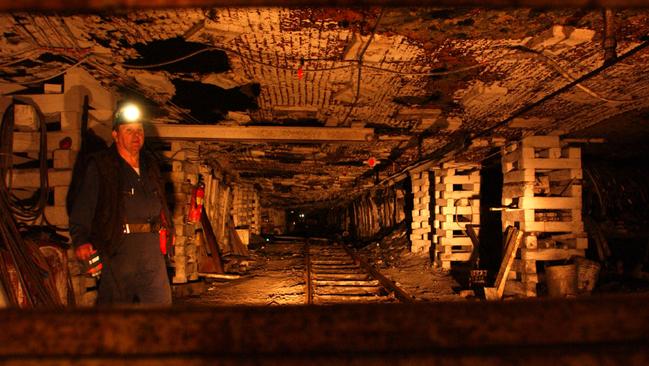
DO YOU drive a lot for work? We’ve got some bad news for you.
Comparison website LifeInsuranceFinder.com.au, part of the Finder network, has released its second annual list of the country’s most dangerous jobs.
In short: your likelihood of being killed on the job is directly correlated with the amount of time you spend driving.
That means, unsurprisingly, truck drivers topped the list. The transport and storage industry recorded 65 fatalities and 8,450 serious injuries in the year, making it the most dangerous overall.
In second place was agriculture, forestry and fishing, with 53 deaths and 3815 serious injuries — although with only half (301,100) the workers in transport (600,600) and nearly the same number of deaths, it’s statistically the more dangerous sector of the two.
Michelle Hutchison, money expert with Finder.com.au, told news.com.au: “Truck drivers and those working in postal and warehousing had the highest number of fatalities — almost one third of all fatalities.
“The interesting thing is that no matter what industry you work in, the majority of all fatalities seem to be from vehicle incidents or car crashes. It’s a really sad thing, and it hits so many people because so many of us drive as part of our jobs every day.”
The ranking was compiled using data on fatalities and serious injury claims from Safe Work Australia combined with Australian Bureau of Statistics Labour Force data.
Surprisingly, other ‘dangerous’ jobs that made the list were retail trade, and the professional, scientific and technical services such as engineering, analysts, lawyers, accountants and web development.
AUSTRALIA’S MOST DANGEROUS JOBS
1. TRANSPORT AND STORAGE

Workers: 600,600
Deaths: 65
Injuries: 8450
Truck drivers and those working in transport, postal and warehousing have the most dangerous jobs, with the highest number of fatalities for the year at 65 deaths. The majority of fatalities (68 per cent) were crashes, while their biggest cause of serious injury was from muscle stress while lifting, carrying or putting down objects.
2. AGRICULTURE, FORESTRY AND FISHING
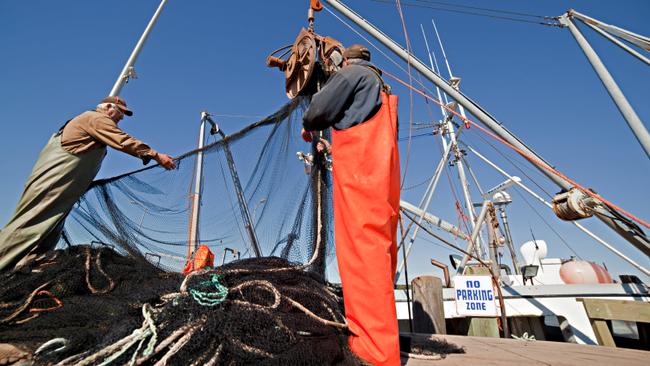
Workers: 301,100
Deaths: 53
Injuries: 3815
Commercial fishing recorded 3815 serious injuries and 53 deaths for the year. It’s a profession where you are more likely to die from being hit by an animal, drowning and heat exposure than any other industry on the list.
3. CONSTRUCTION
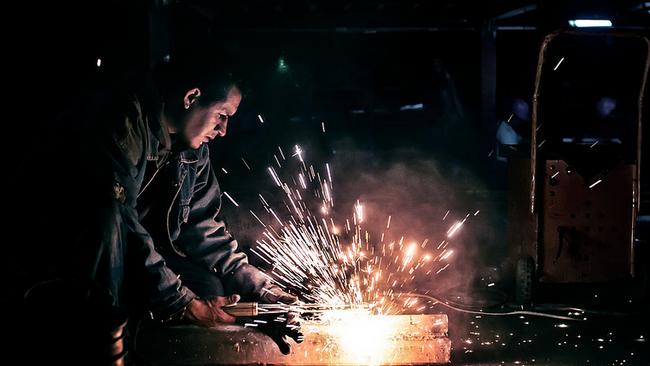
Workers: 995,800
Deaths: 30
Injuries: 12,485
The construction industry recorded 30 deaths for the year and 12,485 serious injuries. Construction workers were also more likely than any other industry to be killed by hitting stationary objects and their most common cause of death was falling from a height, accounting for 40 per cent of fatalities.
4. MANUFACTURING
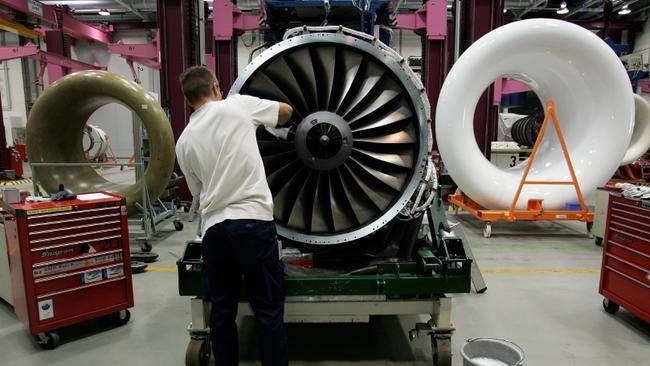
Workers: 953,700
Deaths: 18
Injuries: 16,670
Among factory workers there were 18 deaths and 16,670 serious injuries for the year — the highest number of serious injuries on this list. Their biggest causes of death were car crashes, being hit by falling objects and falls from a height. More than one quarter (26 per cent) of serious injuries were caused by muscle stress from handling heavy objects.
5. PUBLIC/GOVERNMENT ADMINISTRATION, SAFETY, AND DEFENCE

Workers: 1,100,000
Deaths: 13
Injuries: 4330
Keeping our streets and nation safe took 13 lives for the year, and injured 4,330 Australians working in public and government administration, safety and defence. This industry holds the second-highest number of Australians employed on the list, with about 1.1 million people. Falls and muscle stress were the most common serious injuries sustained for the year, while about half of the 13 fatalities happened on the road.
6. MINING

Workers: 262,400
Deaths: 7
Injuries: 2670
With seven deaths and 2,670 serious injuries, mining came in at number six. The majority (63 per cent) of deaths were from being hit by moving objects. The other main cause of death was being trapped by machinery, with many workers operating heavy machinery for up to 12 hours per shift.
7. RETAIL TRADE
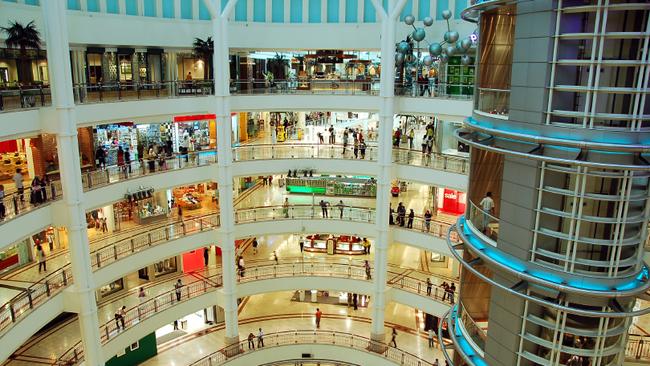
Workers: 1,200,000
Deaths: 6
Injuries: 11,200
You wouldn’t think it, but the retail industry can be dangerous — driving, explosions, contact with chemicals and being trapped between stationary and moving objects all claiming victims. There were six deaths and 11,200 serious injuries recorded in the biggest industry on the list with 1.22 million workers.
8. PROFESSIONAL, SCIENTIFIC AND TECHNICAL SERVICES

Workers: 899,100
Deaths: 6
Injuries: 2100
Scientists, engineers, lawyers, accountants and others working in this industry saw six recorded deaths and 2,100 serious injuries for the year. The majority of fatalities were from car crashes, falling, being hit by falling objects and electrocution, while serious injuries were caused by falls, muscle strain and repetitive movements.
9. WHOLESALE TRADE
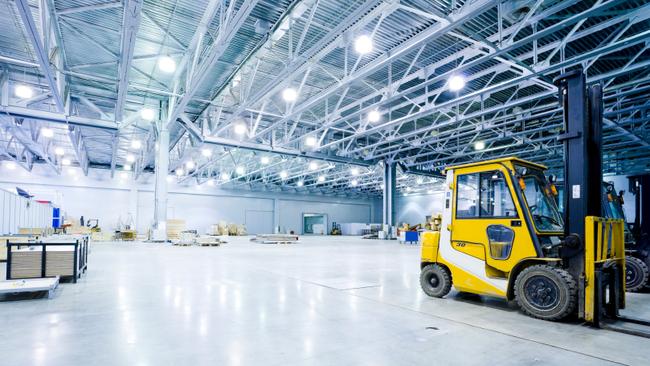
Workers: 416,300
Deaths: 5
Injuries: 5310
Being hit by falling objects and driving were the biggest killers for workers in the wholesale trade industry, which recorded five deaths and 5315 cases of serious injury. Lifting objects was the biggest cause of injury — lift with your knees, people.
10. ELECTRICITY, GAS, WATER AND WASTE SERVICES
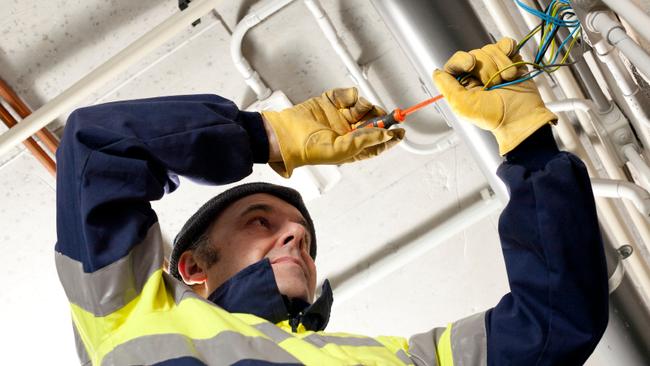
Workers: 140,500
Deaths: 5
Injuries: 530
Driving to and from job sites proved fatal for five workers in the electrical, gas, water and waste industry. There were 530 serious injuries recorded, over one in three (35 per cent) of which were from muscle strain, while 15 per cent of injuries were from falling over. Working in often confined or high spaces and outdoors, these people are more likely to be killed by animal bites and trapped between object than any other industry on the list.
Source: LifeInsuranceFinder.com.au




